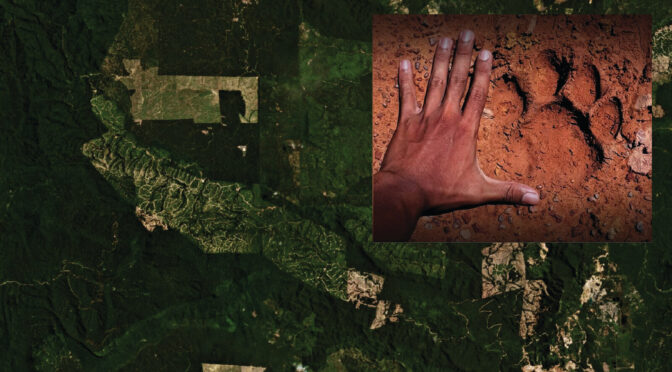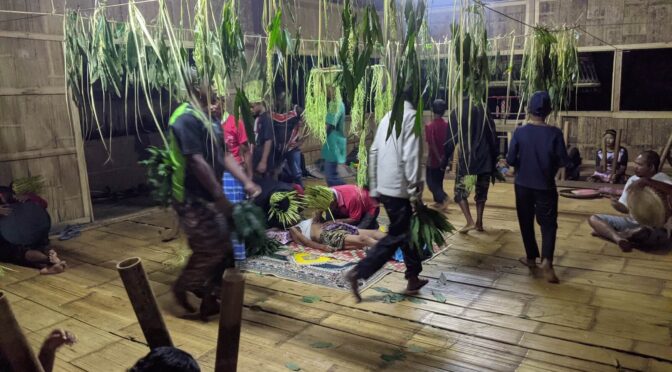Beberapa siri empangan kecil berikutan peralihan hijau negeri Perak cetuskan bantahan komuniti Orang Asli. Diterjemah oleh Shazni Bhai.
PERJALANAN pacuan empat roda melambung-lambung sepanjang laluan berliku mendaki Gunung Korbu di negeri Perak. Empat puluh minit ke pedalaman terdapat binaan konkrit didirikan berketinggian 5 meter atau hampir 2 tingkat.
Binaan itu adalah sebuah empangan hidro elektrik mini, yang akan dikerah bagi menjana 7 megawatt (MW) tenaga boleh diperbaharui untuk grid kuasa elektrik.
Ini adalah salah satu empangan hidro elektrik mini yang akan dibina di seluruh negeri ini. Walau pun bertujuan untuk memenuhi komitmen tenaga boleh diperbaharui kerajaan, konflik dengan komuniti Orang Asli dilihat makin meningkat.
(Imej utama: Tenaga boleh diperbaharui dijana oleh empangan hidro mini di Sungai Korbu, namun untuk siapa dan apa korbannya? | Foto: Ashley Yeong)








